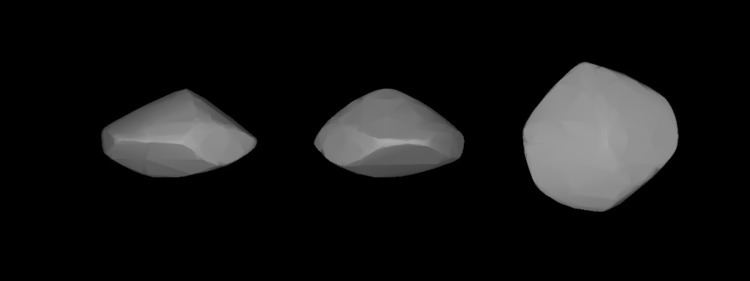Alternative names 1909 HC Aphelion 3.2891 AU (492.04 Gm) Discovered 23 July 1909 Asteroid group Asteroid belt | Discovery date 23 July 1909 Observation arc 101.75 yr (37164 d) Perihelion 2.9402 AU (439.85 Gm) Absolute magnitude 8.7 | |
 | ||
Similar 528 Rezia, 509 Iolanda, 540 Rosamunde, 417 Suevia, 889 Erynia | ||
683 Lanzia is a minor planet orbiting the Sun. It was discovered July 23, 1909 by Max Wolf at the Landessternwarte Heidelberg-Königstuhl observatory and was named after the fungus Lanzia. Photometric observations made in 2003 at the Santana Observatory in Rancho Cucamonga, California give a synodic rotation period of 8.63 ± 0.005 hours. The light curve shows a brightness variation of 0.15 ± 0.04 in magnitude.
Observations during two last occultation 18 and 22 December 2010 (P.Baruffetti, G. Tonlorenzi - Massa, G. Bonatti - Carrara, R. Di Luca - Bologna (Italy), C. Schnabel - S. Estebe, J. Rovira - Moja (Spain)) mesured a 122.5 km diameter (medium) and an Albedo of 0.0705 compatible with carbonaced asteroids (C group).
References
683 Lanzia Wikipedia(Text) CC BY-SA
